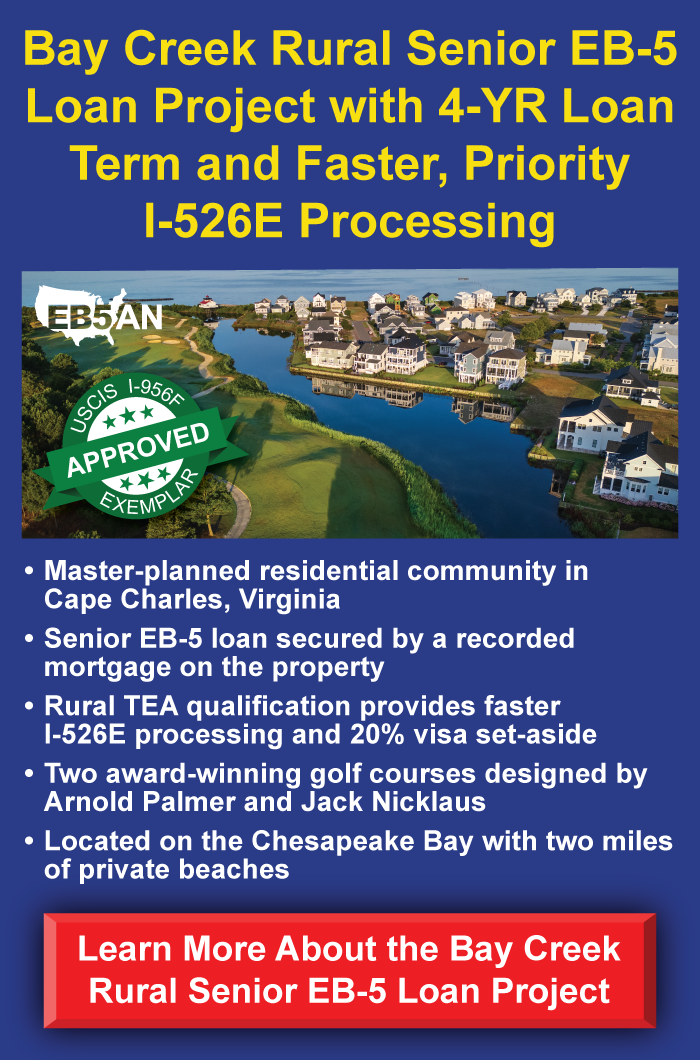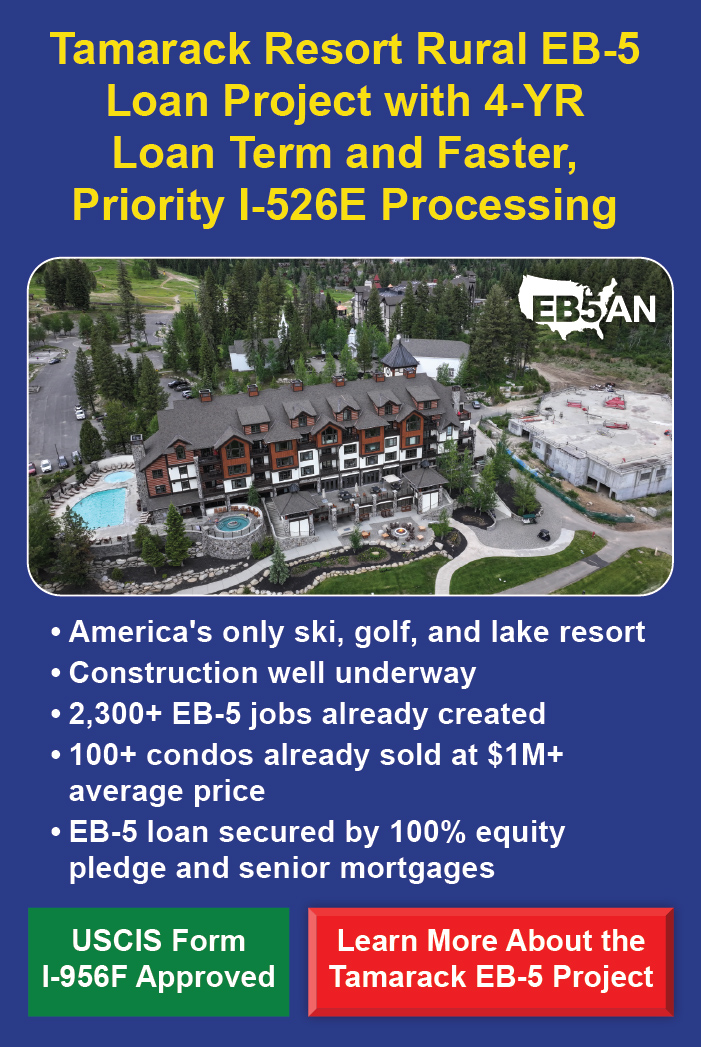
Some countries’ immigration programs require investors to pass a language test to show they can integrate into society. As a result, many people assume the EB-5 program might also require English proficiency. But the truth is that you do not need to pass an English test or prove language skills to qualify for the EB-5 program.
Nonetheless, language still plays a practical role in the sense that you will need to review contracts, understand legal filings, and communicate with your chosen project or regional center teams. If you cannot read or understand English documents, you will need strategies to navigate the process smoothly.
In this article, we will explore the role of language in the EB-5 program, the practical challenges non-English-speaking investors may face, and the solutions that can help bridge language gaps.
Is Speaking English a Requirement for an EB-5 Visa?
Where English Comes Into Play During the EB-5 Process
How to Navigate the EB-5 Program as a Non-English-Speaking Investor
- Rely on a Trusted Family Member or Friend
- Use Professional Translation Services
- Select a Regional Center With Multilingual Support
Language Barrier Is Not an Issue With EB5AN
How to Navigate the EB-5 Program as a Non-English-Speaking Investor
- Rely on a Trusted Family Member or Friend
- Use Professional Translation Services
- Select a Regional Center With Multilingual Support
Language Barrier Is Not an Issue With EB5AN
Is Speaking English a Requirement for an EB-5 Visa?

Not necessarily. But English is the most widely spoken language in the United States. It is the administrative language at the federal and state levels, the primary language of school instruction, and the official language of 32 out of 50 states. But at the federal level, the U.S. has no official language, which is why the EB-5 program does not require investors to prove English skills or submit any language test results.
The only time language may become a requirement is if you later decide to apply for U.S. citizenship through naturalization. At that stage, usually after living in the U.S. for five years, you will need to show basic English ability. Luckily, by then, most investors have already gained enough experience with the language to meet this requirement.
Where English Comes Into Play During the EB-5 Process
While English proficiency is not required to qualify for the EB-5 visa, it plays a critical role at many stages. As such, basic knowledge of English, or at least a reliable translation support, is necessary to protect your interests and make the process smoother. Here is a closer look at how language comes into play:
- Immigration forms and filings: All EB-5 petitions and forms, such as Forms I-526E, I-485, I-829, I-765, I-131, and DS-260, must be completed in English.
- Legal and financial documents: Most offering documents and financial disclosures provided by regional centers are written in English. Therefore, investors or their trusted advisors must be able to understand these documents to conduct proper due diligence when choosing a regional center and project.
- Direct EB-5 investments: Basic English is especially important for direct EB-5 investors who actively run a business in the U.S. This is because EB-5 businesses require detailed record keeping to prove compliance, which involves reviewing and maintaining documents in English.
- Interviews: Consular and Green Card interviews are usually in English, but interpreters are often available at U.S. consulates and during Green Card interviews within the U.S. if needed.
How to Navigate the EB-5 Program as a Non-English-Speaking Investor

Non-English-speaking investors can successfully complete the EB-5 process by creating their own methods to overcome communication barriers. Below are some effective approaches:
1. Rely on a Trusted Family Member or Friend
If you do not speak English but have a family member or close friend who does, they can assist. They can review EB-5 offering documents and explain the contents to help you make an informed decision. Although this approach adds a personal level of trust, it also has limits.
You become dependent on another person’s interpretation, which can lead to mistakes if the friend or relative overlooks important details. Moreover, even if they are fluent in English, they may lack the professional knowledge needed to fully understand complex financial and legal documents. For these reasons, it is advisable to combine the support of a trusted person with help from experienced EB-5 professionals.
2. Use Professional Translation Services
Non-English-speaking investors can hire a certified translator to convert EB-5 documents into their native language. This allows you to carefully review the information and select the EB-5 project that aligns best with your goals. The main challenge here, however, lies in finding a reliable translator who is familiar with EB-5 documentation.
This is because even a small mistake in translation can affect your understanding and decision-making. Additionally, keep in mind that when submitting petitions to USCIS, you must provide certified English translations of any supporting documents originally written in another language.
3. Select a Regional Center With Multilingual Support
Choosing a regional center that offers multilingual support can make the EB-5 process easier. Such centers often provide translated project documents and explain complex financial or legal concepts in ways that are culturally familiar to investors. For example, reputable regional centers, such as EB5AN, structure their services to meet the needs of non-English-speaking investors.
We offer documents, financial records, and other key materials in multiple languages, allowing investors to review them directly rather than relying only on third-party translations. This approach helps investors assess risks more accurately and make informed decisions. Furthermore, EB5AN’s diverse team is able to assist clients around the world in several languages.
Language Barrier Is Not an Issue With EB5AN

The EB-5 program does not require English proficiency. What matters most is your investment, the lawful source of your funds, and the project’s ability to create jobs. Still, language plays an important role in practice as you will need to understand legal documents, track project updates, and communicate clearly with professionals.
EB5AN offers clear guidance and assistance in multiple languages to help investors overcome these challenges. Over our 10+ years of experience, we have helped more than 2,700 families from 70+ countries relocate to the U.S. as lawful permanent residents without worrying about language barriers.
Schedule a free one-on-one consultation to discuss how to achieve your immigration goals without letting language barriers stand in the way.


























































